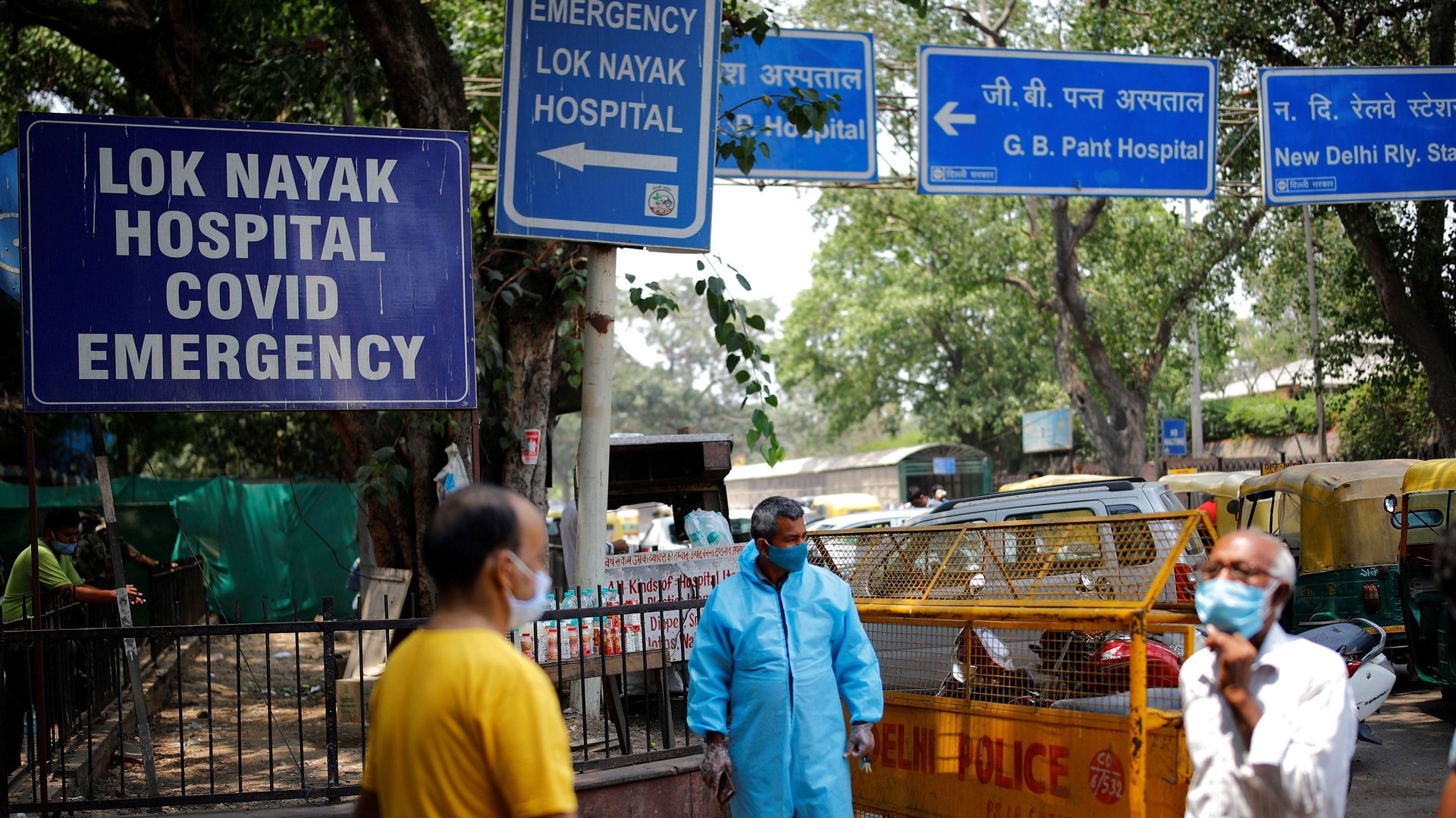India’s crumbling healthcare is pushing many to seek doctors and medicines online
As hospitals crumble under the pressure of a raging Covid-19 pandemic, several Indians have started flocking to telemedicine and online pharmacies.


As hospitals crumble under the pressure of a raging Covid-19 pandemic, several Indians have started flocking to telemedicine and online pharmacies.
In April 2021, e-pharmacies such as PharmEasy and Netmeds clocked a 2X growth in daily active users (DAUs), according to market intelligence firm Kalagato’s analysis of millions of smartphone users. Practo, which offers video consultations and digital prescriptions, saw its DAUs increase nearly three-fold from under 2.5% to over 7%.
“In a sad and telling statistic about the nature of the pandemic in India, the rates of usage of pharmacy apps in India have on average nearly doubled and, in some cases, tripled,” Kalagato said. The recent trend is similar to last year when the pandemic had first hit India in March 2020.
The dependence on online healthcare services comes at a time when India is seeing around 400,000 new Covid-19 cases a day, which has led over a dozen states to implement lockdowns. Several other states have partial movement restrictions. Meanwhile, at most hospitals and clinics, outpatient departments are shut, and most facilities are rescheduling routine inpatient treatments and elective surgeries. Moreover, several pharmacies have reportedly been running out of medicines.
Indians are not only using healthcare-related apps more frequently but also spending a lot more time on them. For instance, the time spent on Practo and online medicine retail chain MedPlus climbed around 200% during April.
Besides these Indian platforms, doctors from across the world are coming to the rescue. The British Association of Physicians of Indian Origin (BAPIO) formed a telemedicine virtual hub to extend help to their “exhausted and over-stretched colleagues in India,” secretary Parag Singhal said. Indian American doctors have also launched a similar service.
However, considering that many Indians still don’t have access to the internet and don’t own devices, these services are not of help to the masses. The lack of working knowledge of English is another hurdle for many. “About 90% of new internet users in India are regional language speakers. English-first digital platforms, however innovative, don’t solve the problem for them,” Kalagato’s report said.
Some Indian players are taking steps to bridge this gap.
In early April, Practo launched support in 15 Indian regional languages. Boston-based physician Dolly Arjun set up a telehealth helpline specifically for the less privileged indigenous tribes and Dalits where she has lined up local language translators for patients in India. Additionally, the phone has been ringing off the hook for BigOHealth, a Hindi-language app targeted towards rural India, which was largely unscathed during the first wave but has been hit hard by the second.